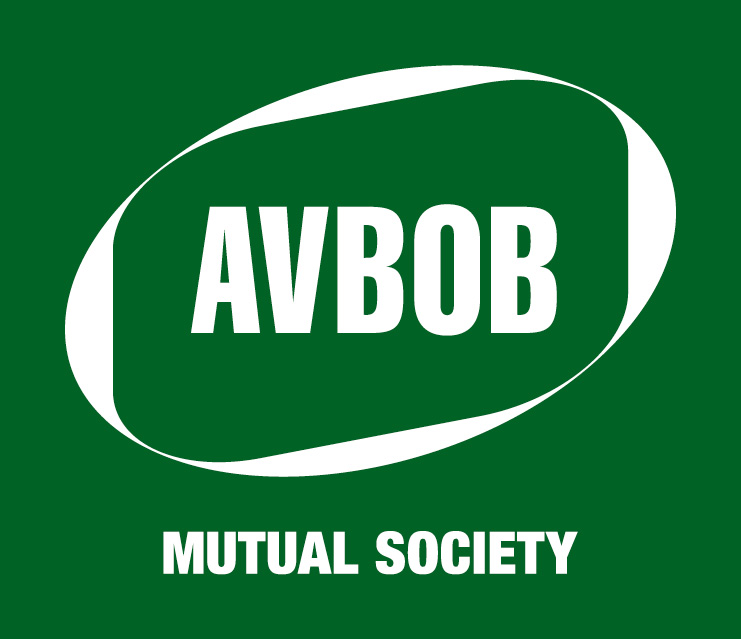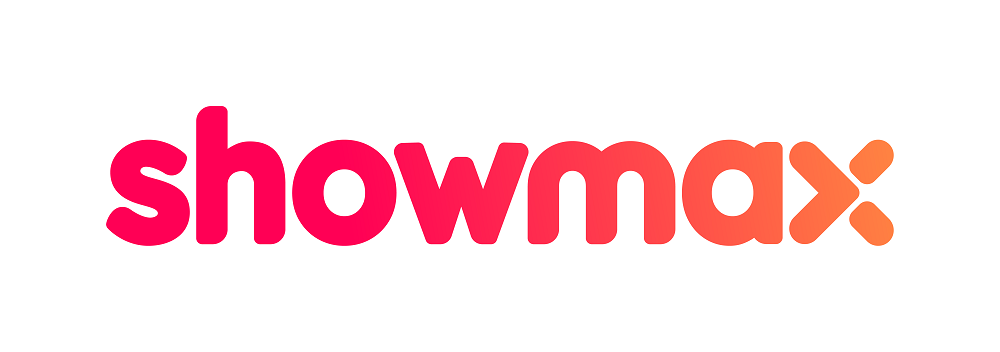Types of cellphone banking
Cellphone banking provides easy access to banking services from the palm of your hand. With a mobile phone and internet connection, you can perform various banking transactions anytime, anywhere.
- Mobile banking apps
Most major banks offer dedicated mobile banking apps for both Android and iOS devices. These apps allow you to access banking services, from checking account balances to transferring funds, paying bills, and even investing in financial products. Mobile banking apps are user-friendly and secure, with features like fingerprint or facial recognition login, and multi-factor authentication. - USSD (Unstructured Supplementary Service Data) banking
USSD banking is an essential service for people who do not have smartphones or prefer not to use apps. It works on basic mobile phones, allowing you to access banking services through simple numeric codes. You can dial a specific USSD code, followed by their PIN, to perform tasks like checking balances, transferring money, or purchasing airtime. - SMS banking
SMS banking is a text message-based service that provides account information, transaction alerts, and other banking notifications via SMS. You can set up your accounts to receive real-time alerts when certain transactions occur, enhancing security and keeping you informed. - Internet banking using a mobile browser
Mobile internet banking is accessible through web browsers on smartphones. This option provides a versatile and fully functional online banking experience, like what you might access from a computer. You can log in to your bank's website and conduct various transactions, such as managing accounts, paying bills, and initiating transfers. - Mobile wallets
Mobile wallet services like Vodacom's M-Pesa and MTN Mobile Money provide South Africans with the convenience of digital payments and transfers. These services are particularly popular for sending and receiving money, even to individuals without bank accounts. People can fund their wallets at designated service points and use their mobile phones to make purchases, pay bills, and send money to friends and family. - Biometric authentication
Many mobile banking apps now support biometric authentication methods, like fingerprint recognition and facial recognition. This is when a bank will ask to scan your fingerprints and your face when opening an account or accessing your banking profile in the branch. These technologies enhance security by ensuring that only the authorised account holder whose fingerprints and face match the ones linked to the account can access the banking app and perform transactions.
Whether you prefer the simplicity of USSD banking, the versatility of mobile apps, or the convenience of mobile wallets, there is a cellphone banking solution to suit your preferences.


























